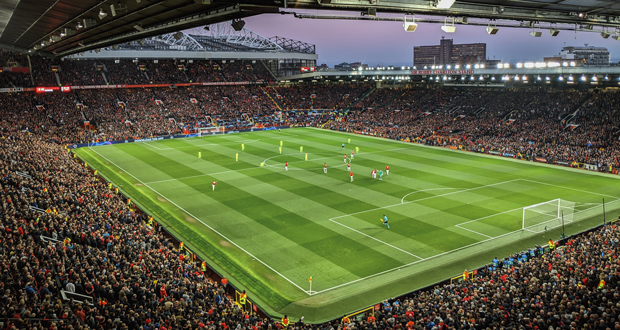Football match technology has advanced significantly over the last decade. One of the biggest advancements has been the introduction and widespread use of Video Assistant Referees (VAR) to help officials make more accurate and consistent decisions.
Developed in 2010 by Royal Netherlands Football Association and making its international debut in 2018 at the FIFA World Cup, VAR allows referees to review video footage of key incidents, such as goals, penalties, and red cards, to ensure that the correct decision is made. A VAR system typically consists of several key components, all of which require a stable and consistent supply of power to operate.
- Multiple high-definition cameras: these cameras are placed around the stadium to capture footage of the match from different angles. The footage is then sent to the VAR room for review
- Communication systems: the VAR team communicates with the on-field referees via a headset.
- Replay system: The VAR uses a replay system to review the footage from the cameras.
- Video monitors: The VAR team used video monitors to view the footage from the cameras.
- Decision making software: The VAR system used specialised software that helps the VAR team to make decisions by tracking the position of the ball, players and officials on the field.
- On-field signal equipment: The VAR team uses on-field signal equipment like a flag, a board with a specific number, or an electronic signal. This indicates to the on-field referee that a decision is being reviewed.
The technology was introduced into the UK Premier League for the 2019/2020 season and has been used consistently since. As technology continues to improve, new components and upgrades may be added to VAR systems in the future.
Another major advancement in football technology has been the use of goal-line technology. This system uses sensors and cameras to determine whether the ball has crossed the goal line and can quickly alert the referee if a goal has been scored. This technology has been used in many major tournaments and leagues worldwide, including the Premier League. Again, goal-line technology also requires a reliable supply of power to operate.
The drawbacks of both technologies were highlighted in October 2022 when the Leeds United V Arsenal game was halted after a power cut caused issues for both the VAR and goalline technology. Less than a minute after kick-off and with no solution to the problem after 10 minutes, the players were led from the field amid boos from fans. The sensitive VAR equipment can take up to 30 minutes to be brought back online and recalibrated before play can resume.
Following this incident, FIFA issued a letter to all Premier League clubs outlining the requirement for an uninterruptible power supply (UPS) to back up the VAR equipment.
UPS systems may already be present in particular areas of a stadium to support local equipment, for example, in a server room backing up computer systems, access control and floodlighting or in a plant room to support evacuation lifts and life safety systems. The existing UPS infrastructure will be sized to support a specific load in these examples.
While it may be possible to add an additional load from a different area, such as that from VAR and goal-line technology, it would involve a UPS specialist checking the sizing of the existing UPS and weighing up the cost of installing a cable run to the location of the VAR equipment. However, it is likely that a new UPS of the correct size will need to be installed.
For this to be determined a site survey is recommended and should be carried out by a competent person such as a technical salesperson from a company specialising in UPS systems.





